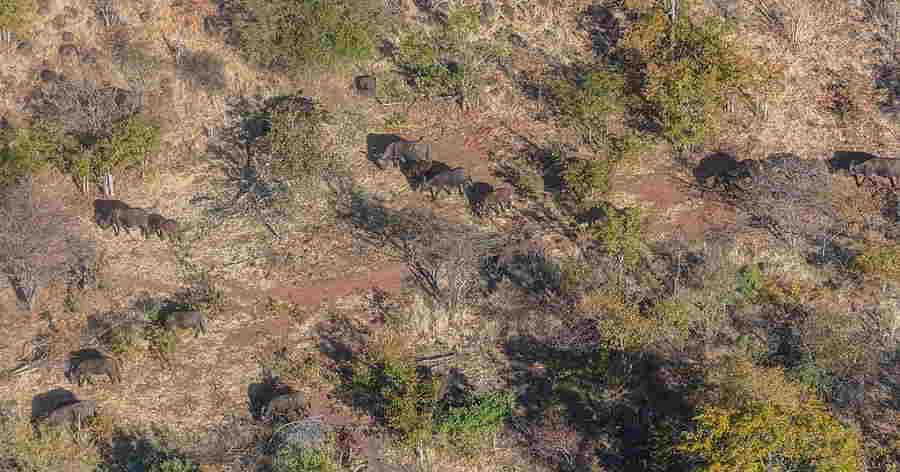
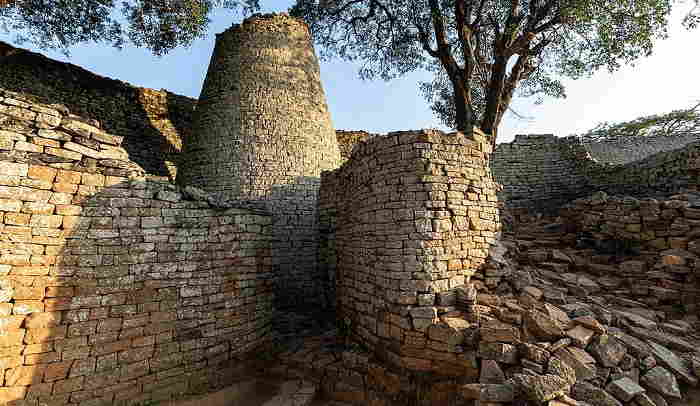
Great Zimbabwe National Monument is an iconic archaeological site located in Zimbabwe. It represents one of the most significant historical and cultural treasures on the continent and has earned a place on the UNESCO World Heritage List.
The centerpiece of this remarkable monument is the ancient stone city of Great Zimbabwe. Built between the 11th and 15th centuries by the ancestors of the Shona people, it served as the capital of a powerful kingdom and was a thriving center of trade and culture in its heyday. The word "Zimbabwe" itself is derived from the Shona term "dzimba dza mabwe," which means "house of stone," a fitting name given the intricate dry-stone construction techniques used to create the city's impressive structures.
The monument is renowned for its remarkable stone architecture. The Great Enclosure, an elliptical wall enclosing a massive conical tower, is a prime example. Its walls, constructed without mortar, reach impressive heights and display advanced engineering and masonry skills. The Great Zimbabwe ruins also consist of numerous other enclosures, walls, and platforms, each with its own unique features and purposes. One of the most iconic aspects of the site is the Zimbabwe Bird, a carved stone sculpture that has become a national symbol for Zimbabwe. This bird figure is believed to have held great spiritual significance for the ancient inhabitants of the city.
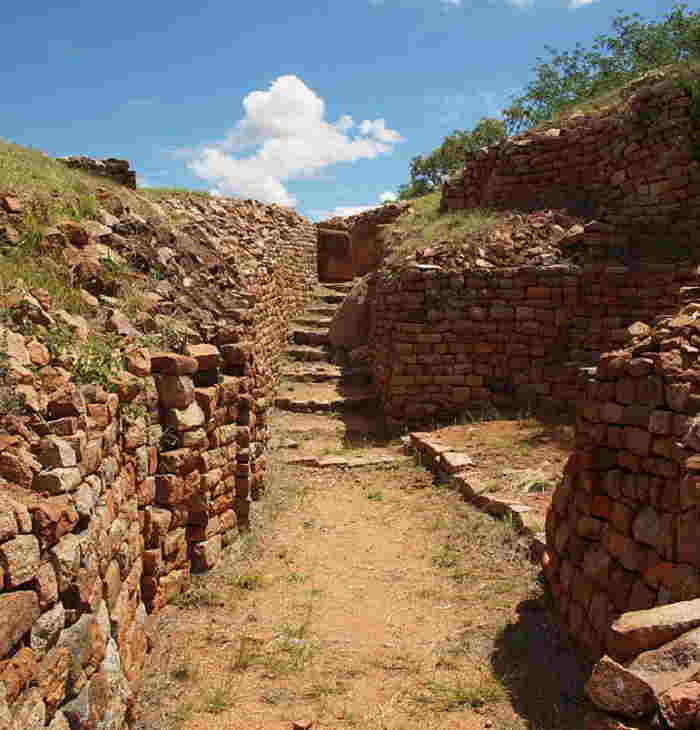
Khami Ruins National Monument is an extraordinary archaeological site located in southwestern Zimbabwe, near the city of Bulawayo. This historical treasure, recognized as a UNESCO World Heritage Site, represents the remains of an ancient African civilization and provides valuable insights into the region's rich history and culture. The Khami Ruins date back to the 15th century and are believed to have been the capital of the Torwa dynasty. The Torwa people were part of the larger Shona civilization and played a crucial role in the pre-colonial history of southern Africa. The ruins consist of intricately designed stone structures and walls, showcasing the advanced architectural skills of their builders.
One of the most distinctive features of Khami Ruins is its dry-stone construction, where stones are carefully stacked without the use of mortar. This technique, similar to that used at Great Zimbabwe, reflects the high level of craftsmanship and engineering knowledge possessed by the Torwa people. The ruins include various enclosures, platforms, and terraces, each serving different purposes within the settlement. The site's layout is characterized by its unique design, with stone-built walls forming narrow, winding pathways. These pathways were not only functional but also served a defensive purpose, creating a labyrinthine structure that would have been challenging for potential invaders to navigate.
One of the highlights of Khami Ruins is the Great Enclosure, a massive stone-walled structure with an open courtyard. It was likely the administrative and ceremonial center of the city. The Great Enclosure features decorated stone carvings and symbols that provide insight into the Torwa people's beliefs and customs. Khami Ruins also boasts a rich cultural and historical significance. It was an important trade hub, connecting the interior of southern Africa to the Indian Ocean trade routes. The site's archaeological excavations have yielded various artifacts, including pottery, glass beads, and metal objects, attesting to the trade connections and technological achievements of the Torwa civilization.
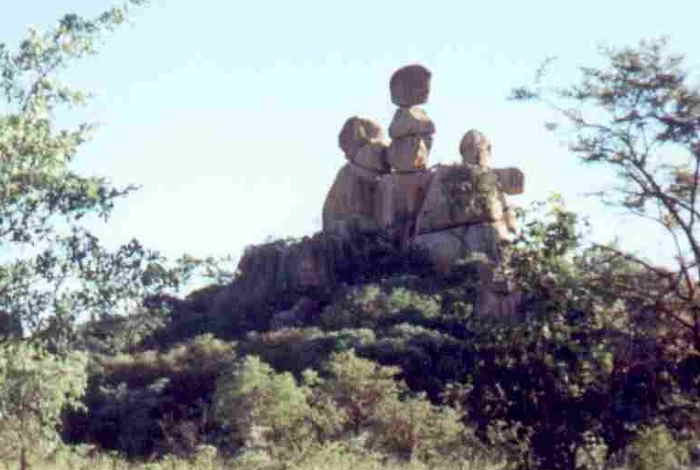
Matobo National Park, located in southwestern Zimbabwe, is a remarkable and diverse natural area that combines stunning landscapes, ancient rock formations, and rich cultural history. This UNESCO World Heritage Site covers approximately 424 square kilometers and is renowned for its unique combination of geological wonders, wildlife, and historical significance.
One of the park's most striking features is its granite hills, which have been eroded over millions of years into an otherworldly landscape of balanced rock formations, massive boulders, and rugged terrain. These granite kopjes, as they are known locally, provide a dramatic backdrop for the park's wildlife and cultural attractions.
Matobo National Park is home to a wide variety of wildlife, including rhinoceroses, leopards, giraffes, zebras, and numerous bird species. It is particularly known for its population of both white and black rhinoceroses, making it one of the prime locations for rhino conservation in Africa. The park offers excellent opportunities for wildlife enthusiasts and photographers to observe these majestic creatures in their natural habitat. The park is also deeply intertwined with the cultural history of Zimbabwe. It holds great spiritual and historical significance for the local Ndebele people, as it is the burial place of the revered Ndebele King Mzilikazi and other notable leaders. The park is dotted with ancient San (Bushman) rock art sites, some of which are thousands of years old and provide valuable insights into the beliefs and daily lives of the indigenous people who once inhabited the area.
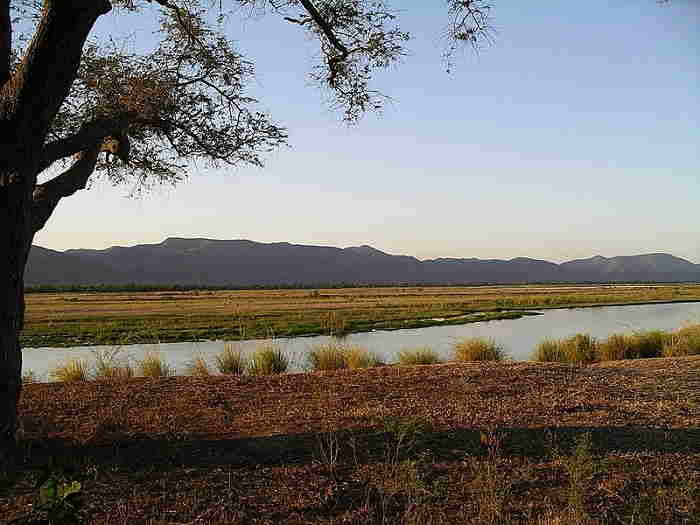
Mana Pools National Park, Sapi, and Chewore Safari Areas collectively form an expansive and diverse protected wilderness in northern Zimbabwe. This region is a UNESCO World Heritage Site and represents a pristine and ecologically significant area within the African continent.
Mana Pools is renowned for its striking landscapes and unique features. The park gets its name from the four perennial pools formed by the meandering Zambezi River. These pools serve as a critical water source, drawing wildlife from far and wide during the dry season. The park is especially known for its remarkable biodiversity, with large populations of elephants, buffalo, hippos, crocodiles, and numerous antelope species. Predators like lions, leopards, and hyenas also thrive here. What distinguishes Mana Pools is the opportunity for visitors to explore on foot. Guided walking safaris are a highlight, allowing travelers to closely interact with the wildlife and experience the thrill of tracking animals on foot. Other activities include game drives, canoe safaris on the Zambezi River, and birdwatching.
Adjacent to Mana Pools, the Sapi Safari Area extends the wilderness experience. This area is characterized by a mix of landscapes, including riverine forests, grasslands, and wooded hills. Sapi is home to diverse wildlife, and it offers a more remote and rugged safari experience. Visitors can enjoy game drives, guided walks, and the chance to spot wildlife in a more secluded setting. The landscape here provides a variety of habitats for wildlife, making it an excellent destination for nature enthusiasts.
Chewore Safari Area is another integral part of this protected ecosystem. It is known for its pristine wilderness and exceptional natural beauty. Chewore offers a more exclusive and less-visited safari experience compared to Mana Pools. The area is traversed by the Chewore River and features vast woodlands and open plains. Wildlife is abundant here, with opportunities to see elephants, lions, leopards, and a wide array of bird species. Chewore provides a sense of solitude and a chance to immerse oneself in the serenity of the African bush.
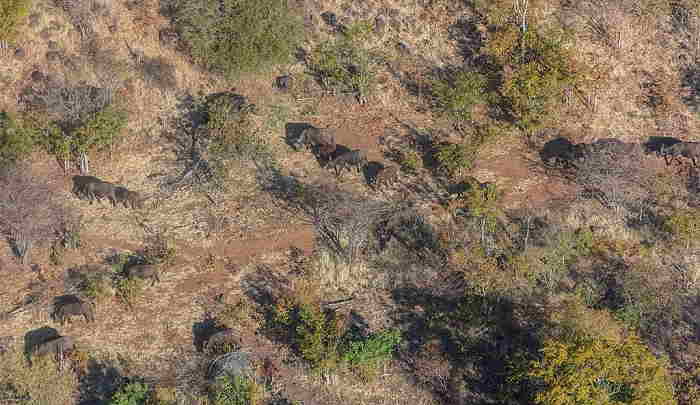
Mosi-oa-Tunya National Park, situated on the border between Zambia and Zimbabwe, is a remarkable and ecologically diverse protected area that surrounds the iconic Victoria Falls, one of the most famous natural wonders in the world. This UNESCO World Heritage Site covers an area of approximately 66 square kilometers and is named after the indigenous name for Victoria Falls, "Mosi-oa-Tunya," which translates to "The Smoke That Thunders."
The centerpiece of the park is, without a doubt, Victoria Falls. This awe-inspiring waterfall is formed by the mighty Zambezi River as it plunges into a narrow gorge, creating a curtain of mist and spray that can be seen and felt from miles away. Victoria Falls is one of the largest waterfalls on Earth, with a width of over 1,700 meters and a height of more than 100 meters. The sheer power and beauty of the falls are a sight to behold, and they draw visitors from around the world.
In addition to Victoria Falls, the park is characterized by diverse ecosystems that include riverine forests, grasslands, and woodlands. These habitats support a wide variety of wildlife, including elephants, buffaloes, hippos, crocodiles, and numerous bird species. The park offers excellent opportunities for game drives, guided walks, and boat safaris along the Zambezi River, providing visitors with the chance to observe wildlife in their natural environment.